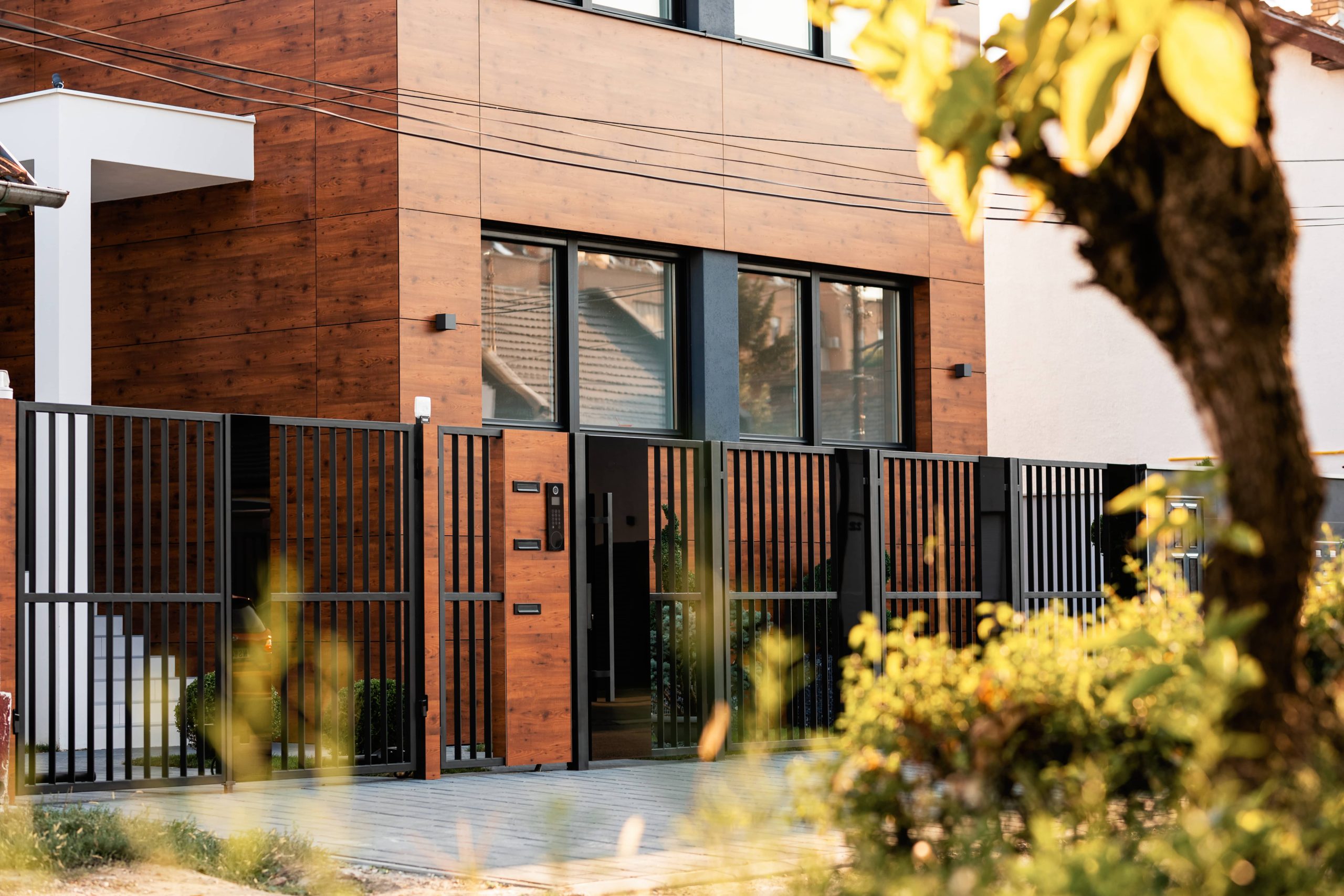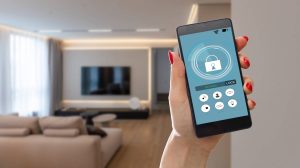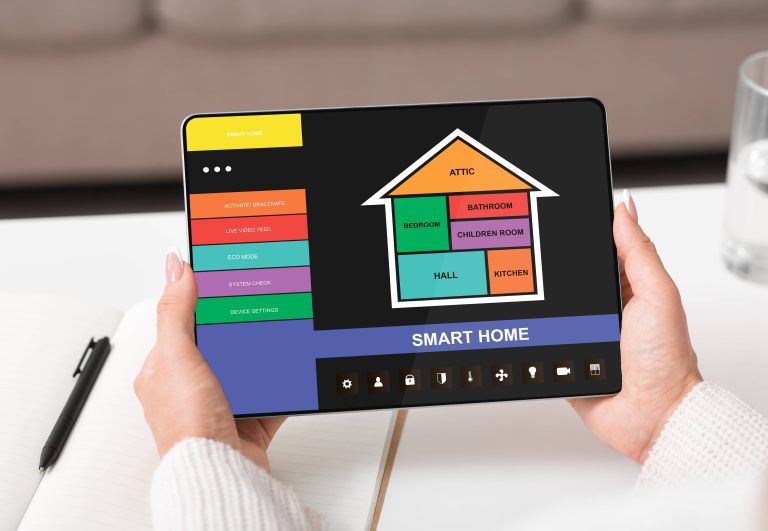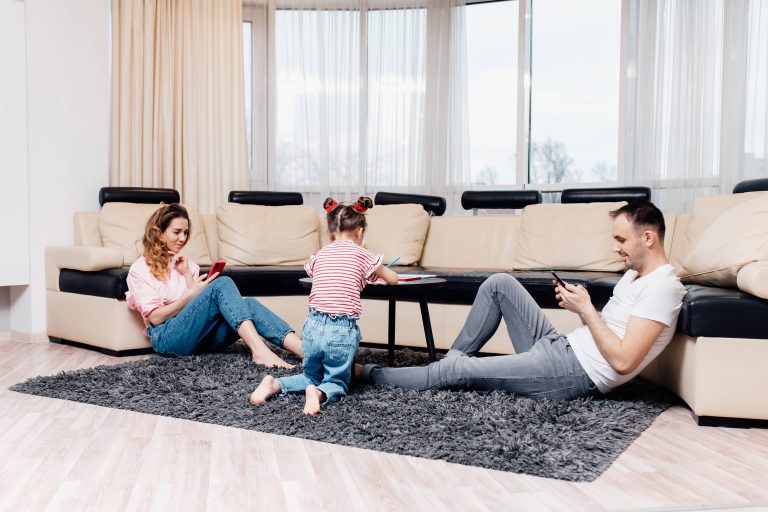
Traveling can be both an exhilarating and anxiety-provoking experience. While exploring new places and cultures is enriching and enjoyable, leaving your home unattended can leave you feeling uneasy. Fortunately, smart home technology has made it easier than ever to keep an eye on your property from anywhere in the world. In this blog post, we’ll explore the steps necessary to establish reliable smart home monitoring during travel, creating a secure and worry-free experience.
Step 1: Invest in Quality Smart Home Security Devices
The foundation of any smart home monitoring system lies in the devices you choose. Here’s a list of essential gadgets you might want to consider:
1. Smart Cameras: Look for high-resolution cameras with night vision, motion detection, and two-way audio capabilities. Brands like Arlo, Nest, and Ring offer top-notch options. Ensure that the cameras provide remote access and live streaming via a smartphone app.
2. Smart Doorbell Cameras: A doorbell camera not only shows you who is at your door but also records all activity at your entrance. Products like the Ring Video Doorbell are popular for their ease of use and effective monitoring.
3. Smart Locks: Enhance security by installing smart locks on your doors. These devices allow you to lock and unlock doors remotely, grant temporary access to visitors, and keep a log of who enters and leaves your home.
4. Smart Sensors: Motion sensors and window/door sensors are vital components of a smart home security system. They can alert you to any unexpected activity and integrate with other devices to trigger alarms or cameras.
5. Smart Lights: Ensure your home doesn’t appear empty by scheduling smart lights to turn on and off at various intervals. Brands like Philips Hue and LIFX offer customizable lighting solutions.
Step 2: Set Up a Centralized Smart Home Hub
Once you’ve selected your devices, you’ll need a central hub to manage and integrate them. Popular options include Amazon Echo, Google Home, and Samsung SmartThings Hub. These hubs allow you to control all your devices from a single interface, making it easier to monitor your home remotely.
Step 3: Install and Configure Your Devices
Carefully follow the installation instructions for each device, ensuring they are strategically placed for optimal coverage. Here are some tips:
– Install Cameras: Position cameras to cover entry points, such as doors and windows, as well as high-traffic areas like the living room or kitchen. Make sure they are out of reach to prevent tampering.
– Set Up Doorbell Cameras: Install doorbell cameras at a height that provides a clear view of visitors’ faces. Ensure they are weatherproof if placed outdoors.
– Install Smart Locks: Replace your existing locks with smart locks, ensuring they fit correctly and function seamlessly.
– Place Sensors: Position motion sensors in hallways and rooms, and install door/window sensors on all accessible points.
– Configure Lights: Set up smart lights in various rooms, particularly those visible from outside, to create the illusion of occupancy.
Step 4: Enable Remote Access and Notifications
Make sure that you can access your smart home devices remotely via smartphone apps. Download the corresponding apps for each device and set up an account if required. Enable push notifications for instant alerts about any unusual activity.
Step 5: Integrate Devices for Enhanced Security
Integrating your devices allows them to work together to enhance security. For example, you can configure your system so that the lights turn on when a motion sensor is triggered, or the doorbell camera starts recording when someone approaches your door. Use your smart hub or the respective device apps to create automation rules and routines.
Step 6: Maintain Network Security
Your smart home devices are only as secure as your network. Here are a few tips to keep your network safe:
– Use Strong Passwords: Enable two-factor authentication (2FA) for added security. Avoid using the same password for multiple devices or platforms.
– Update Firmware: Regularly check for firmware updates for your devices and install them to protect against the latest vulnerabilities.
– Secure Your Wi-Fi: Use a strong, unique password for your Wi-Fi network, and consider setting up a guest network for visitors to minimize the risk of unauthorized access.
Step 7: Monitor Regularly and Perform System Checks
Before you leave, perform a comprehensive test of all your devices to ensure they function correctly. Regularly check the status of your devices while you’re away and respond to any alerts promptly.
Step 8: Inform Trusted Neighbors or Friends
While smart home technology provides incredible security, having a trusted neighbor or friend aware of your absence adds another layer of protection. Share limited access to your system with them so they can assist or check in if needed.
Conclusion
Smart home technology offers peace of mind by allowing you to monitor and secure your home from afar. By investing in quality devices, setting up effective monitoring systems, integrating them seamlessly, and maintaining strong network security, you can travel confidently knowing your home is protected. So go ahead and embark on your travels, assured that your smart home security system is diligently watching over your home. Safe travels!







